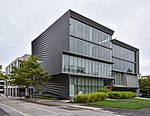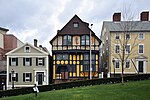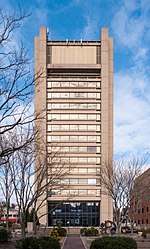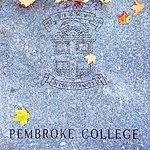Carney Institute for Brain Science
2009 establishments in the United StatesBrown UniversityNeuroscience research centers in the United StatesResearch institutes in Rhode IslandUse mdy dates from February 2021

The Robert J. & Nancy D. Carney Institute for Brain Science is a cross-departamental neuroscience research institute at Brown University in Providence, Rhode Island. The institute's core focus areas include brain-computer interfaces and computational neuroscience The institute also focuses on research into mechanisms of cell death with the interest of developing therapies for neurodegenerative diseases.
Excerpt from the Wikipedia article Carney Institute for Brain Science (License: CC BY-SA 3.0, Authors, Images).Carney Institute for Brain Science
Angell Street, Providence
Geographical coordinates (GPS) Address Nearby Places Show on map
Geographical coordinates (GPS)
| Latitude | Longitude |
|---|---|
| N 41.82834 ° | E -71.40099 ° |
Address
164 Angel (Brown Office Building)
Angell Street 164-176
02912 Providence
Rhode Island, United States
Open on Google Maps









